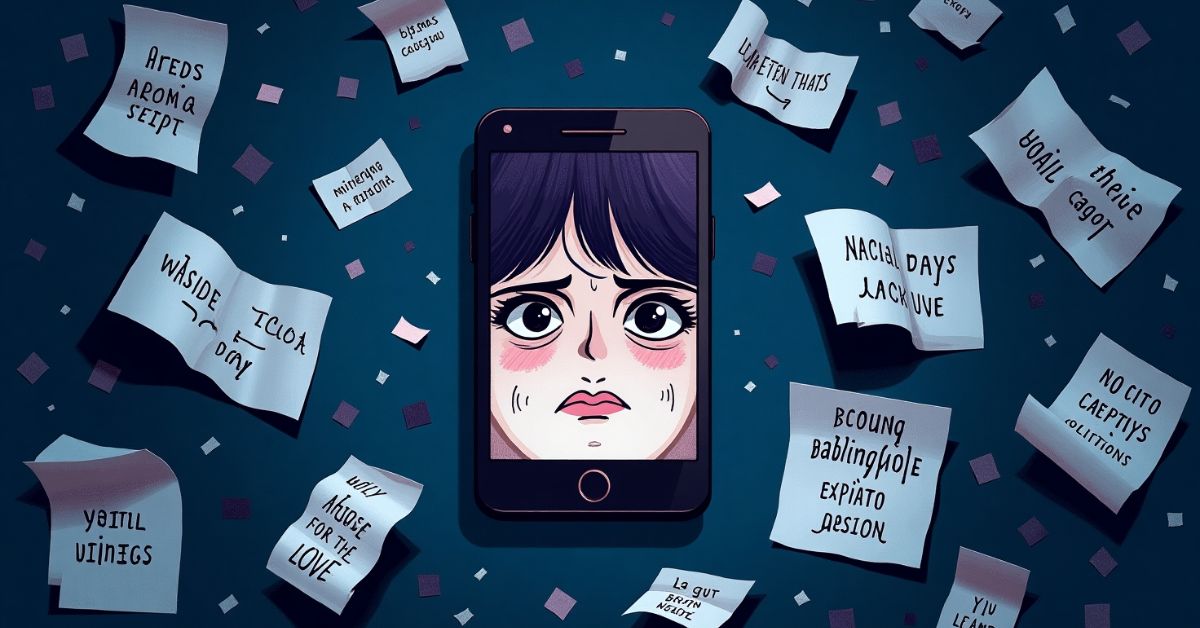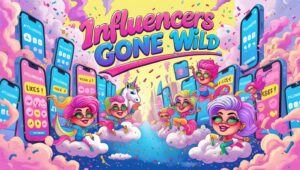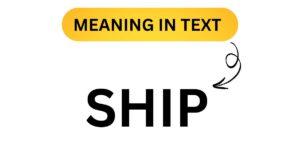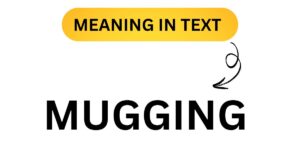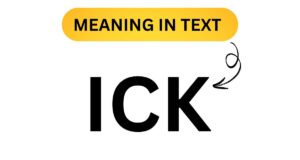TW: Trigger Warnings in Teens’ Texts – if you’ve ever found yourself confused by a “TW” in your teen’s messages, you’re not alone! It’s one of those new-age acronyms that’s cropping up everywhere, from casual texts to deep online posts, and it’s got parents scratching their heads. But don’t worry, we’re about to break it all down in simple terms.
In this article, we’ll moves into the meaning behind trigger warnings and why teens are using them more than ever. You’ll learn how these little warnings could actually make communication safer, and maybe even discover a few surprises along the way! Stick around – it’s more than just a trend, it’s a shift in how we talk and care for each other online.
So, What the Heck is “TW”?
Before we go down the rabbit hole, let’s answer the big question: What does “TW” actually stand for? Drumroll, please… “TW” stands for Trigger Warning.
In the simplest terms, a trigger warning is a little heads-up that something you’re about to read, watch, or hear might bring up strong emotions or reactions. It’s like a “Warning: Proceed with Caution” sign for sensitive content, and in the world of teens, it’s used to alert people about potentially distressing topics like mental health struggles, trauma, or even graphic violence.
Now, you might be thinking, “Why not just avoid these topics altogether?” Well, that’s not always possible, especially in today’s fast-paced digital world. Trigger warnings give people the chance to decide if they’re in the right headspace to engage with a post, video, or article before diving in. They’re like the equivalent of a spoiler alert, but for your emotions instead of plot twists.
The Birth of Trigger Warnings: Where Did This Start?
Trigger warnings didn’t just appear out of thin air. They’ve been around for quite a while, with roots in the world of psychology and trauma research. The idea was first introduced as a way to help people who had experienced trauma, particularly those with PTSD (Post-Traumatic Stress Disorder), navigate media that might unintentionally bring up difficult memories or emotions.
For example, let’s say you’ve experienced a car accident, and the sound of screeching tires makes you feel panicked or anxious. A trigger warning before a video or story involving a car crash would help you prepare for the emotional impact. It’s all about protecting emotional well-being in a world where we’re constantly consuming media.
Why Teens Are Using It: The Digital Age and Emotional Sensitivity
Now, fast forward to today, where the concept of trigger warnings has gained traction, especially among younger generations. Teens, who are plugged into social media 24/7, are particularly sensitive to mental health and emotional issues. They’re more likely to talk openly about their feelings, struggles, and experiences online, and many are using trigger warnings to create a safer space in digital conversations.
This is especially true when it comes to topics like eating disorders, self-harm, depression, or abuse. These are heavy subjects that, when shared, can hit hard. For a lot of teens, the idea of using a “TW” is about being considerate and respectful of others who may not be ready to handle those topics at that moment.
Here’s a simple example: Imagine your teen sees a post on Instagram about someone’s mental health struggles. The post is raw and emotional, and it talks about things like anxiety or depression. If your teen has dealt with similar issues, they might not be in the right frame of mind to read it that day. A “TW: Mental Health” tag would allow them to decide whether to engage or scroll past it, saving them from potential emotional overwhelm.
Trigger Warnings in Texts: Why Teens Are Using Them in Everyday Chats
It’s not just social media that’s buzzing with TWs – teens are bringing trigger warnings into their everyday texts and messages too. You might get a message from your teen that reads something like, “TW: Difficult Talk Ahead,” and you’re left wondering, “What’s going on? Should I be worried?”
Well, here’s the thing: When teens use trigger warnings in their texts, it’s usually because they’re about to discuss something heavy or personal. They’re showing a level of thoughtfulness – kind of like giving you a little emotional cushion before the conversation starts. If your teen is about to open up about their mental health, school stress, or something that’s been bothering them, a TW gives you a moment to mentally prepare for the conversation.
So, if you see that “TW” tag pop up in their messages, take a deep breath and get ready for a potentially serious discussion. It’s a cue that your teen is trying to be considerate and not throw a curveball at you without warning. Plus, it’s a great opportunity to show them that you’re ready to listen and support them.
Let’s Talk About the Fun Side of Trigger Warnings (Yes, There’s a Fun Side!)
Alright, we get it. Trigger warnings are serious business, but let’s not forget the lighthearted moments that come with them too. As much as “TW: Serious Talk” might pop up in texts, sometimes, teens use the tag for hilariously silly things. Imagine receiving a message like:
- “TW: Cringe-Worthy Dad Joke Coming” (because, let’s face it, we all know those jokes can be a bit much)
- “TW: Overly Dramatic Movie Spoiler” (because who doesn’t get a little too intense when discussing movie endings?)
- “TW: Excessive Use of Emojis” (because you know that one friend who can’t send a text without at least five crying-laughing faces)
Teens have a great way of taking something serious and turning it into a humorous or relatable warning. These playful trigger warnings are a way for them to keep the conversation light while still being mindful of what others might feel.
Common Questions About TW (Answering the Big Stuff)
Now that we’ve covered the basics, let’s address some of the most common questions and misconceptions about trigger warnings. We’re going to clear up any confusion with our signature casual, no-nonsense approach.
1. “Isn’t using TW just coddling people? Shouldn’t they just toughen up?” We get it. It might feel like trigger warnings are a bit too much, but here’s the thing: they’re not about coddling or babying anyone. They’re about creating space for people to process their emotions at their own pace. Just because something doesn’t affect you doesn’t mean it doesn’t affect someone else. Trigger warnings allow people to decide what they’re ready to handle.
2. “Do trigger warnings really make a difference?” Absolutely! For many, trigger warnings are a tool for emotional self-care. They allow individuals to protect themselves from content that might cause unnecessary distress. It’s like being offered a seatbelt before a bumpy ride – it’s there for safety.
3. “Are trigger warnings overused?” It’s all about balance. Some teens might go a little overboard with the TWs, especially when it comes to everyday conversations. But the key is to be mindful and considerate, not overbearing. It’s about knowing when it’s necessary and when it’s okay to let loose.
Wrapping It Up
Trigger warnings may have started as a psychological tool, but today, they’ve evolved into an essential part of online culture, especially for teens. They’re a way for teens to navigate the emotional complexities of modern life with care and consideration, and they’re showing maturity by making sure others are prepared for what they’re about to encounter.
So, next time you see that “TW” pop up in your teen’s messages, take a deep breath, read carefully, and know that your teen is just trying to be thoughtful. And hey, if they’re warning you about an incoming dad joke or excessive emojis, you can always send a TW: Laughing Too Hard in return.
